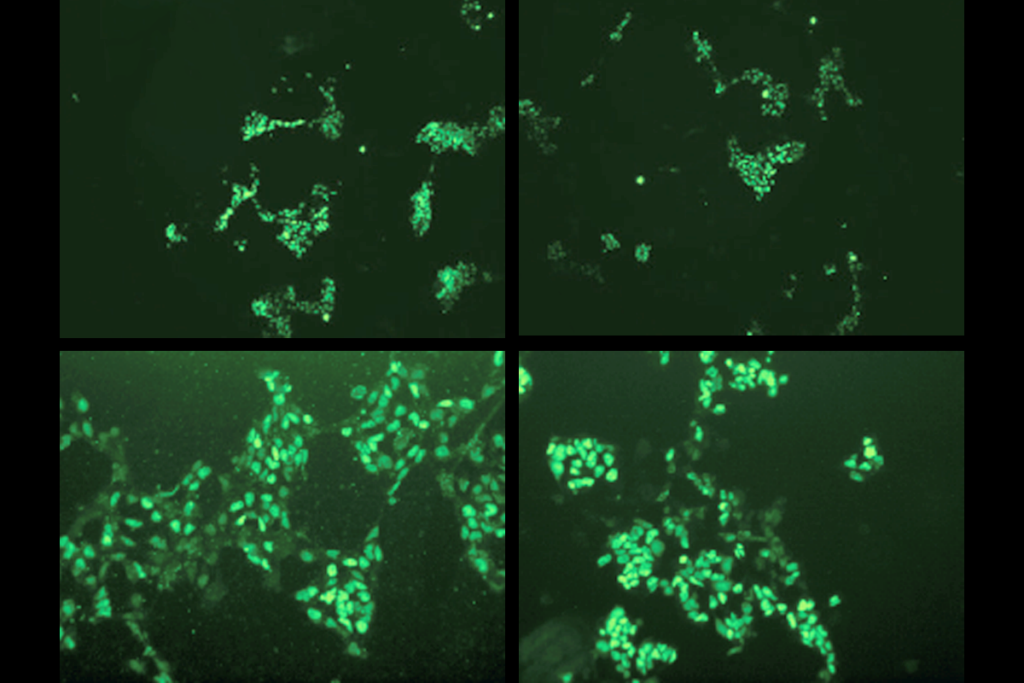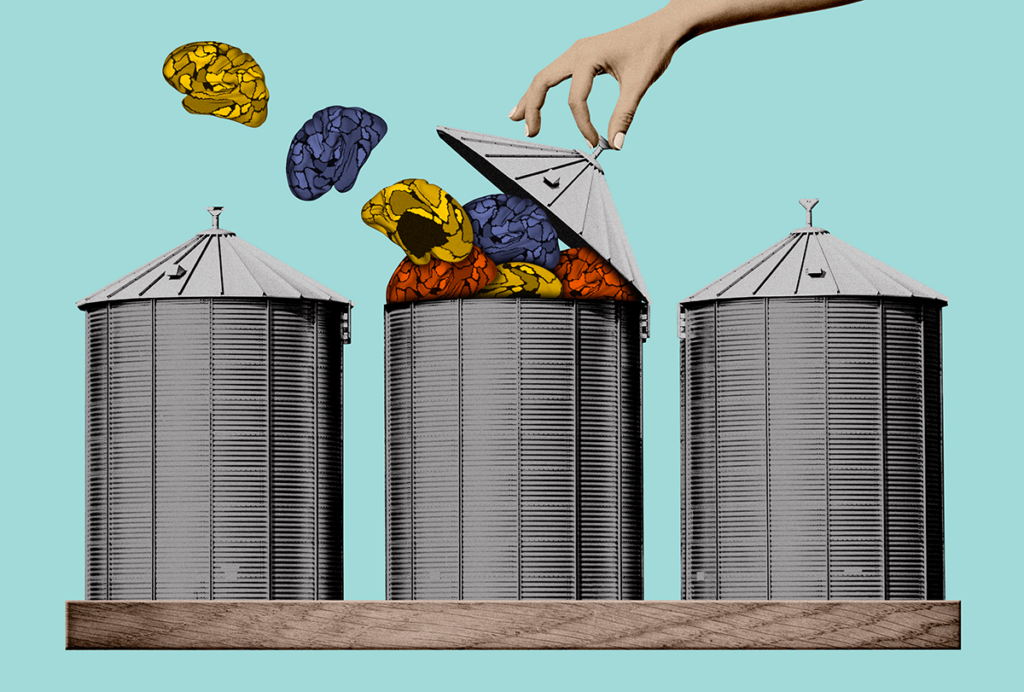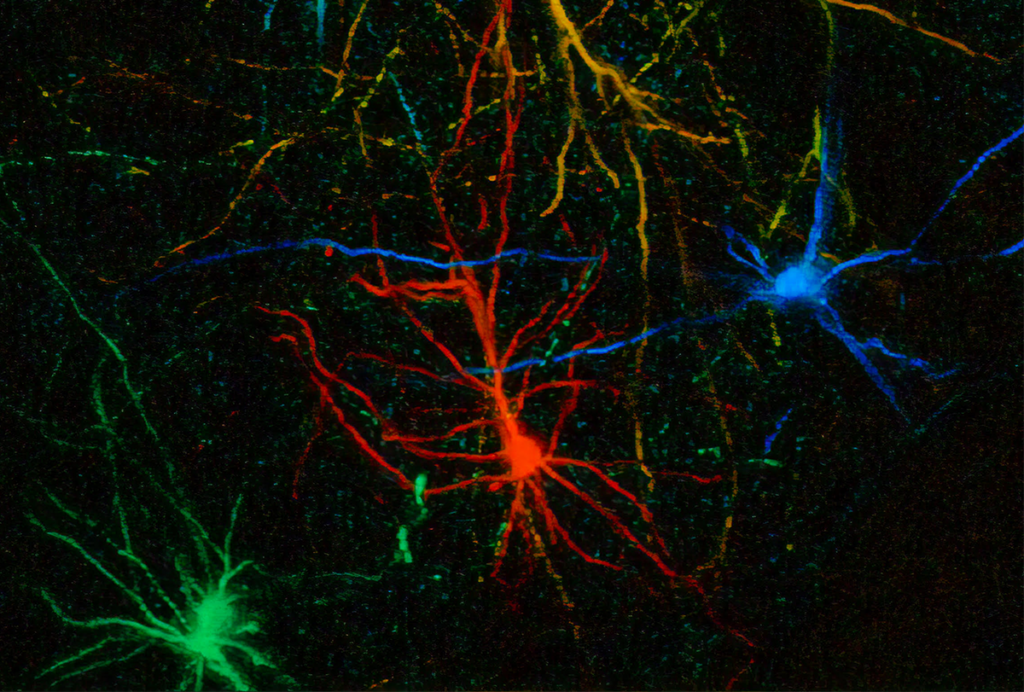Genes dwarf environment in autism’s origins, study says
The genetic makeup of an individual plays much a bigger role than environmental factors in whether he or she develops autism, according to one of the largest twin studies to date.
The genetic makeup of an individual plays much a bigger role than environmental factors in whether he or she develops autism, according to one of the largest twin studies to date. The findings, published 4 March in JAMA Psychiatry, suggest that genes confer up to 95 percent of the risk for autism — nearly double that of previous estimates.
For example, a 2011 twin study pegged the autism risk from environmental factors at 58 percent. A study last year of more than 2 million people, including 37,570 pairs of twins, found that genetic and environmental factors each confer 50 percent of the risk for the disorder. However, the latter study loosely defined the term ‘environment’ to include spontaneous, or de novo, mutations.
Pinpointing the relative contributions of genetics and the environment is more than just an academic debate. “There is huge concern amongst families and professionals about possible environmental factors that may have a role in the etiology of autism,” says Francesca Happé, professor of cognitive neuroscience at King’s College London and lead researcher on the new study. “Genetically sensitive designs like twin studies are essential to estimate the magnitude of environmental effects in a population.”
To parse the source of autism risk, researchers often turn to twin pairs. By comparing autism rates in identical twins, who share all of their DNA, and fraternal twins, who are only as similar as non-twin siblings, they can tease out how strong of a role genetics and shared environmental factors play in autism risk.
Tapping twins:
Studies of autism in twins date back to 1977, when researchers provided the first evidence that autism is heritable rather than springing solely from environmental factors.
A 1995 follow-up of 40 twin pairs found a so-called concordance rate for autism of 92 percent for identical twins and 10 percent for fraternal twins2. Several other twin studies have yielded rates that suggest a strong genetic contribution.
The new findings are based on data from the Twins Early Development Study, which follows twins born in England and Wales between 1994 and 1996. The researchers selected participants from hundreds of families in which at least one twin has received a score suggestive of autism on the Childhood Autism Spectrum Test or has been diagnosed with autism.
From this sample, they found 146 twin pairs in which at least one sibling received an initial autism diagnosis. They then performed in-depth diagnostic tests as well as cognitive assessments during home visits to 129 of these families. Parents also provided reports on each twin’s development.From this information, the researchers confirmed 141 cases of autism and identified 40 children who have autism-like traits, or ‘broad autism phenotype.’
If one twin has autism, the odds of the other twin having the disorder range from 62 to 94 percent for identical twins and 5 to 61 percent for fraternal twins, the researchers found.
A statistical model then produced an estimate of the relative pull of genetic and environmental factors on autism risk: Genetic influences account for 56 to 95 percent of the risk and environmental factors, such as prenatal exposure to chemicals and parental age at conception, contribute 5 to 44 percent.
This statistical model also supports the idea that autism traits and skills are continuously distributed throughout the general population, with people who have autism at one extreme.
However, the model does not account for interactions between genes and the environment, says Janine LaSalle, professor of medical microbiology and immunology at the University of California, Davis.
“The reality is that there are many known complex gene-environment interactions that have major effects on shaping phenotypic traits in humans, and are beginning to be uncovered in autism spectrum disorders,” she says.
LaSalle also points out that 93 percent of the individuals in the new study are Caucasian and all are from the U.K. This homogeneity may explain why the estimate for genetic risk is higher than in the earlier twin studies, she says. “It’s pretty clear that environmental exposures vary by race, socioeconomic status, geography and occupation.”
One big challenge is to identify which exposures constitute environmental risk, says Joachim Hallmayer, associate professor of psychiatry at Stanford University and lead investigator of the 2011 study. “At the end of the day, we have to find the genes and environmental factors that impact the development of the disorder.”
References:
1. Colvert E. et al. JAMA Psychiatry Epub ahead of print(2015) PubMed
2. Bailey A. et al. Psychol. Med. 25, 63-77 (1995) PubMed
Recommended reading

Changes in autism scores across childhood differ between girls and boys

PTEN problems underscore autism connection to excess brain fluid

Autism traits, mental health conditions interact in sex-dependent ways in early development
Explore more from The Transmitter

To make a meaningful contribution to neuroscience, fMRI must break out of its silo

